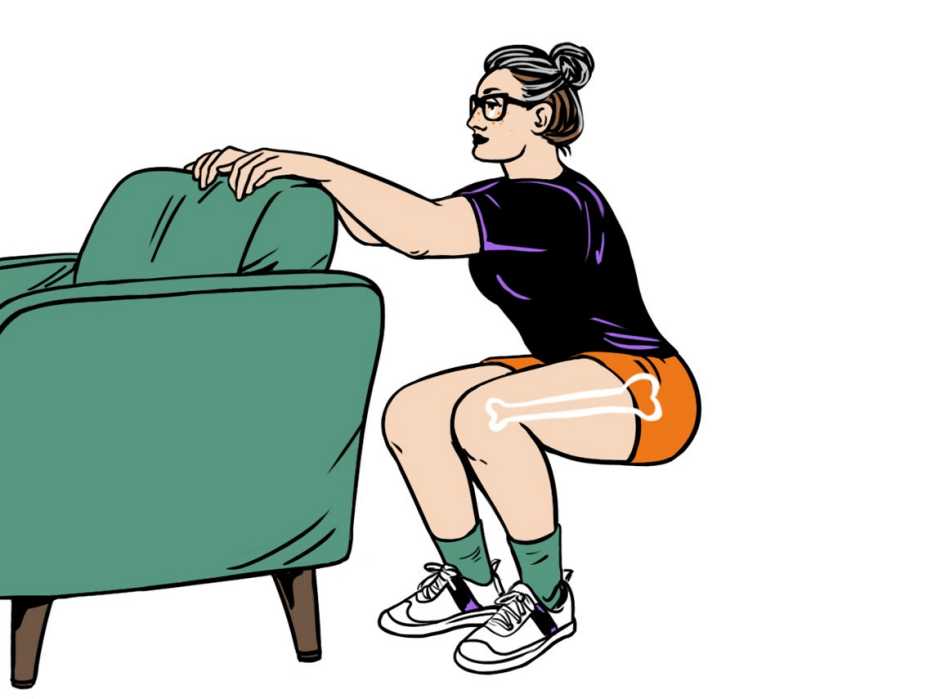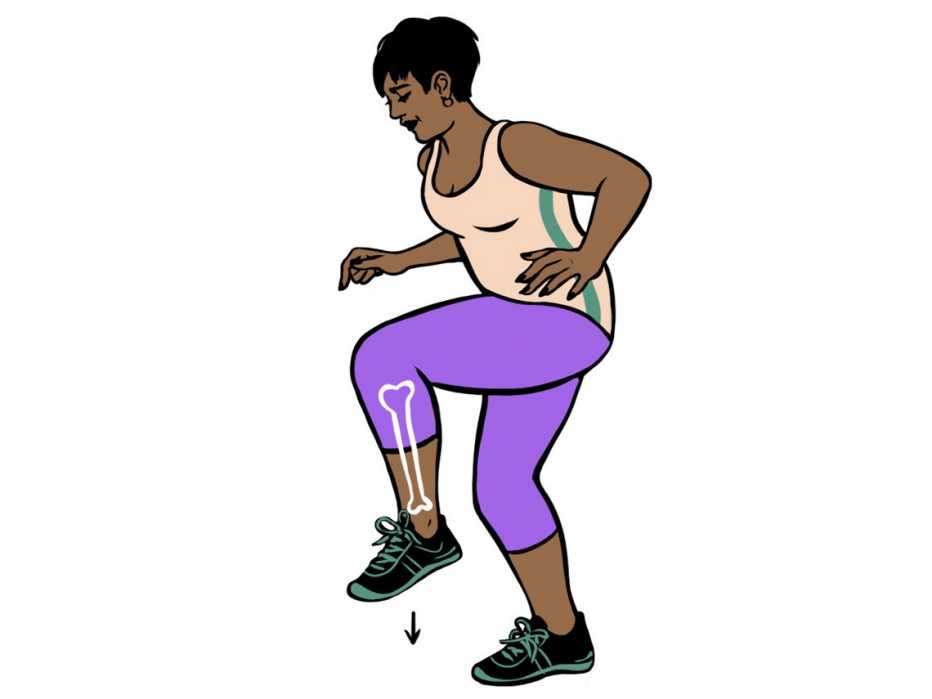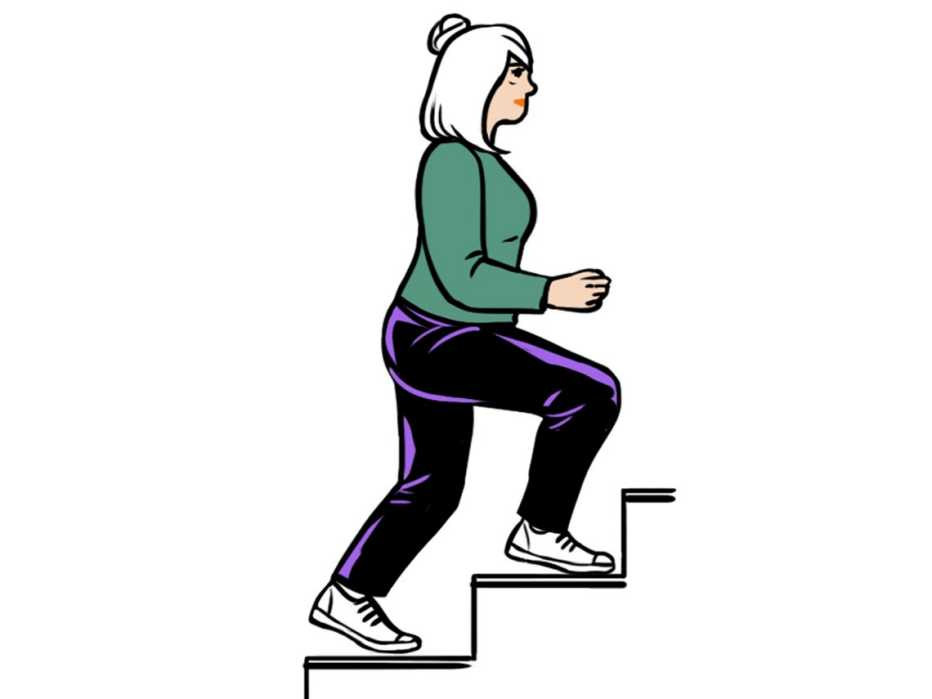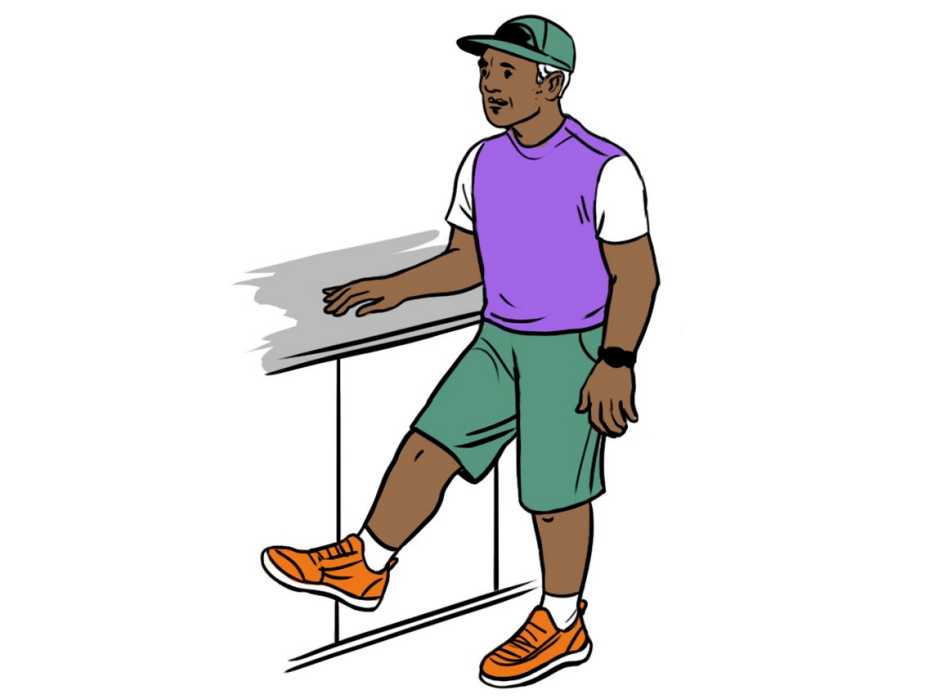Staying Fit


Beginning in our 30s, we experience a gradual decline in bone mineral density, losing about 1 percent each year. But there’s evidence that if you are physically active on a regular basis, you can optimize your bone health throughout your life, says Wendy Kohrt, distinguished professor of medicine in the Division of Geriatric Medicine at the University of Colorado.
Any movement that causes you to fight gravity by standing up and moving is good for your bones. If you want to amp up the protection, these five exercises will help keep you — and your bones — strong for life.


AARP Membership— $12 for your first year when you sign up for Automatic Renewal
Get instant access to members-only products and hundreds of discounts, a free second membership, and a subscription to AARP the Magazine.


1. Push-ups
You can do these against a wall, on bent knees or on the floor. Extend your arms and put your hands shoulder-width apart on the surface in front of you. Tighten your abs, then bend your arms, lowering your torso toward the surface. Push yourself back up. Perform the exercise three to five times, rest, and repeat for a second set.


2. Squats
You don’t have to do a deep squat for this exercise to be effective. Stand with your feet hip-width apart, then bend at the knees to slowly squat down. (Rest your hand on a sturdy object if you need extra balance.) Squat as far as you can, but don’t let your butt get below your knees. At the bottom of the movement, tighten your buttocks and use your butt and thigh muscles to return to a standing position. Repeat eight to 12 times.


3. Walk and stomp
Bones are stimulated when they’re jolted, something that doesn’t happen on your typical stroll. Running and hiking will fit the bill, but if walking is more your speed, consider a walk-and-stomp routine: While walking, stomp each foot two or three times every 10 steps or so, imagining you are crushing a can. (BTW: Walking on real ground requires you to lift and push off with your legs in a way that’s much more beneficial than using a treadmill.)


4. Stair-climb
Stair-climbing increases bone density, particularly in postmenopausal women, because it forces your body to resist gravity as you climb while strengthening the leg and hip muscles that support your pelvic bones. Use a handrail as needed — and consider adding an occasional stomp for more bone stimulation.


5. Hip-leg lifts
This exercise strengthens the muscles around your hip bones, which are vulnerable to fracture, and can help to improve balance. To begin, place your hand on a counter or against a wall for balance, and set your feet hip-width apart. Shift your weight onto your left foot, then straighten your right leg and lift it out in front of you until your right foot is about 6 inches off the floor. Do a set of eight to 12 lifts, then shift your weight to your right foot and repeat the motion with your left leg.



































































More on Health
Got a Minute? 5 Easy Exercises to Try Now
Get the benefits of exercising without leaving your homeThe #1 Exercise to Do as You Get Older
If you have time for only one exercise, fitness experts say, try this
Staying Fit
Want to get fit? Get inspired with these workout routines.Recommended for You